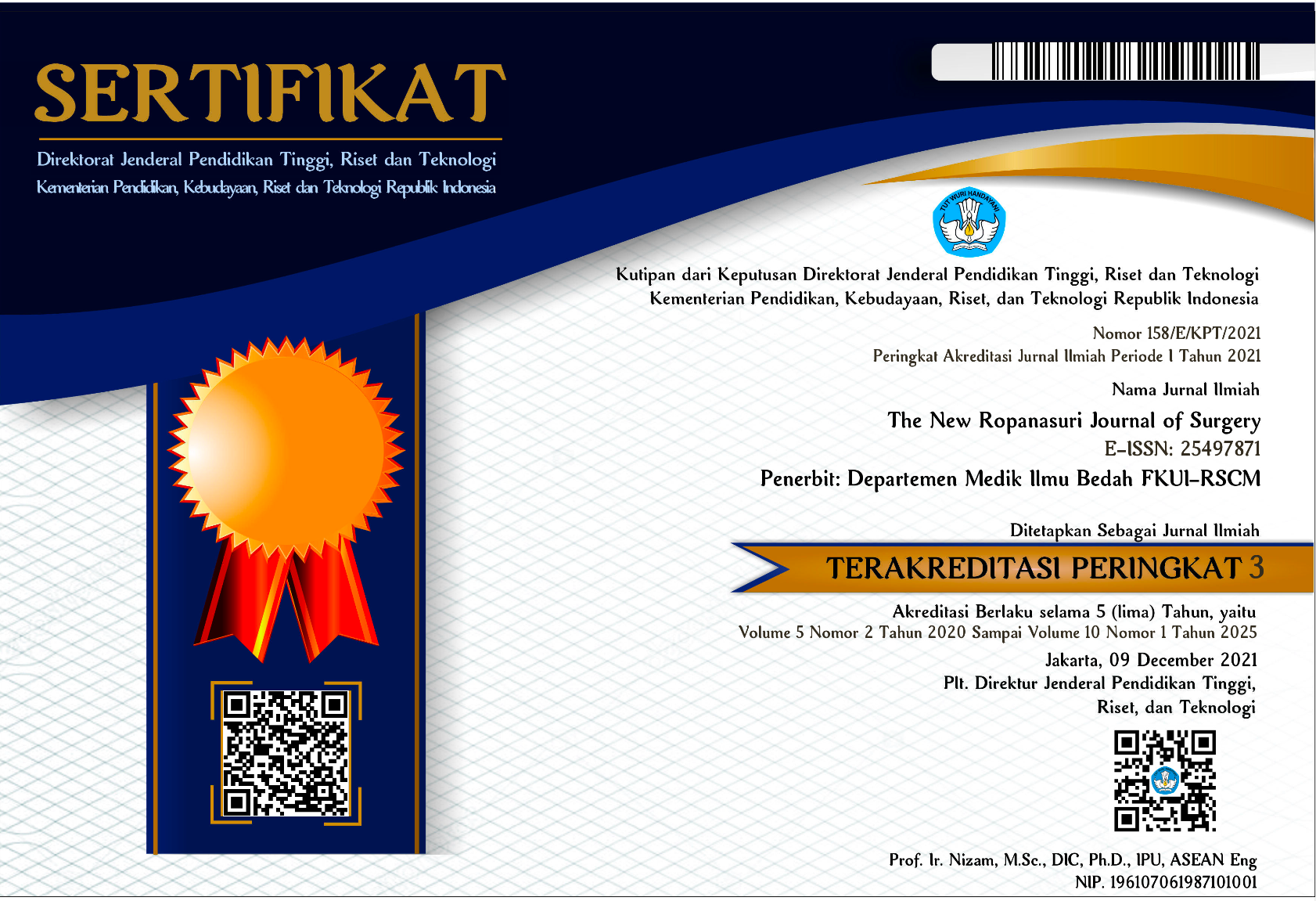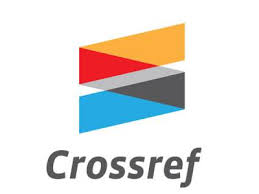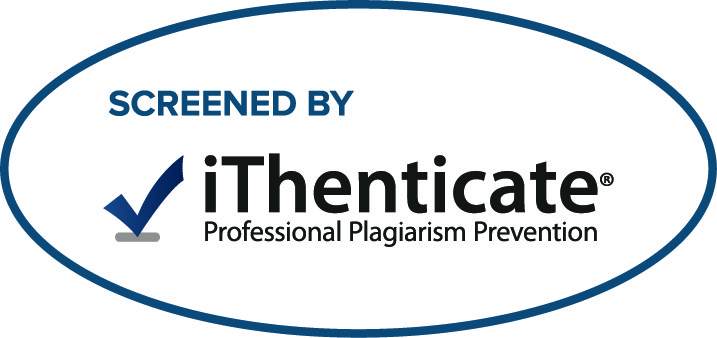Abstract
Introduction. Based on its effectiveness, a percutaneous breast biopsy was chosen because it has minimum side effects and fewer complications, does not distort the breast tissue architecture, and can be performed on an outpatient basis. However, the biopsy can damage the integrity of tumor cells, creating seeding at the site of the track made. Therefore, core biopsy is the method of choice for breast lesion sampling using a 14G needle that provides greater sensitivity. This study aims to explain whether the percutaneous biopsy track has the potential for the formation of tumor cell seeding and its clinical impact.
Methods. Literature searches were conducted in online databases, including Cochrane Library, MEDLINE (PubMed), ScienceDirect, CINAHL (EBSCOhost), and Google Scholar.
Results. Eight articles were selected after a literature search and review.
Conclusion. The potential of tumor seeding formation in the percutaneous breast biopsy tracks varies statistically in number. Overall, the potential of tumor seeding in the percutaneous breast biopsy tracks varies, and the clinical impact is insignificant. Variations in the prevalence of tumor seeding still inconclusive the potential for tumor seeding formation in the percutaneous breast biopsy pathway, particularly core biopsy. Tumor seeding is only found microscopically and does not have a significant clinical impact.
Recommended Citation
Gunawan Wibisana, I G.N. and Mirwan, Muhammad
(2022)
"Potential of Tumor Cell Seeding and Clinical Impact on Percutaneous Breast Biopsy Tracks: A Literature Review,"
The New Ropanasuri Journal of Surgery: Vol. 7:
No.
2, Article 4.
DOI: 10.7454/nrjs.v7i2.1128
Available at:
https://scholarhub.ui.ac.id/nrjs/vol7/iss2/4













